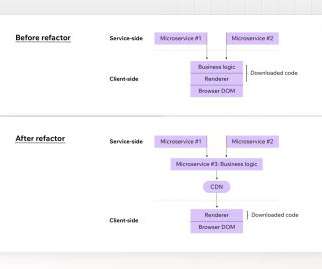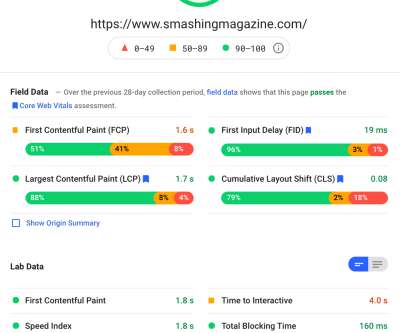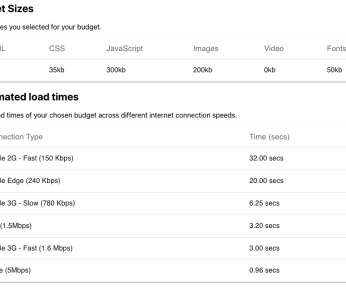How Improving Website Performance Can Help Save The Planet
Smashing Magazine
JANUARY 15, 2019
How Improving Website Performance Can Help Save The Planet. How Improving Website Performance Can Help Save The Planet. In this screenshot below, for example, we can see that loading the Smashing Magazine website for the first time incurs just under a megabyte of data transfer. Jack Lenox. Large preview ).




















Let's personalize your content